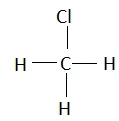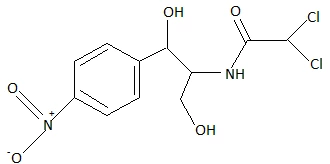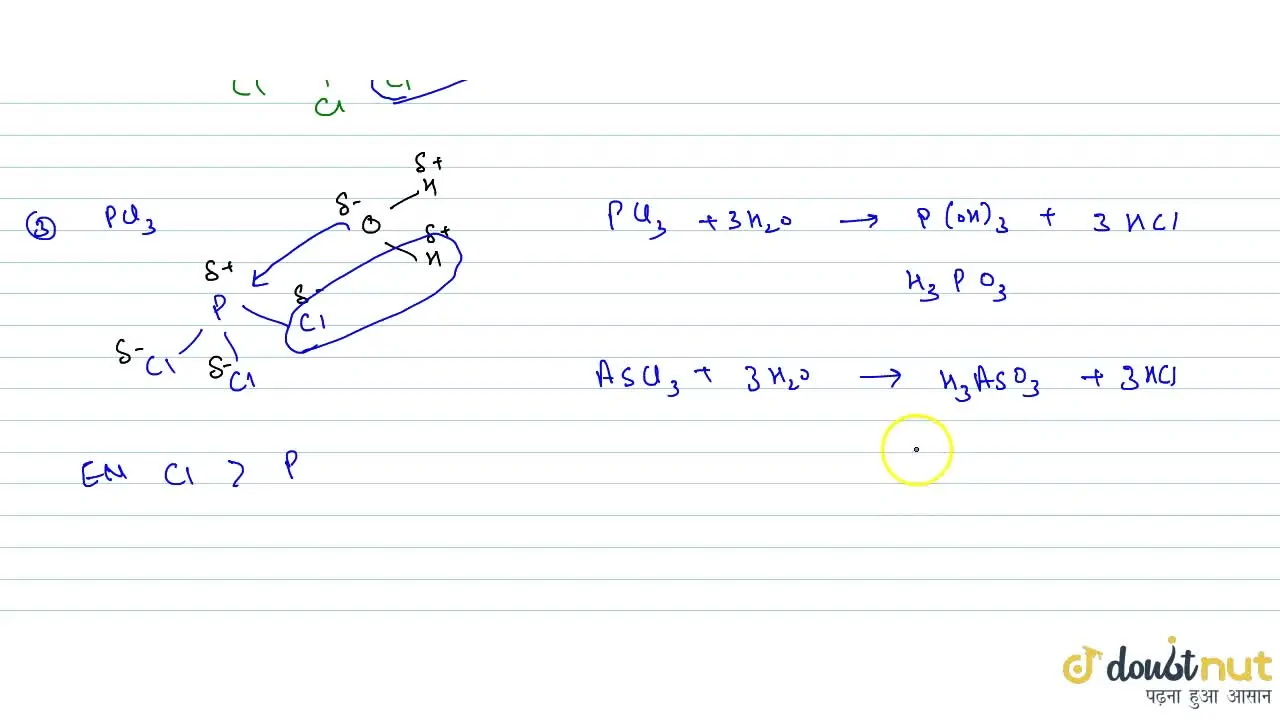Properties Of Halides
Halides
Halides are made up of two compounds where one part is an element and the other part is the halogen atom. The element part of halogen is less electronegative contrasted with that of halogens which produce bromide, fluoride and chloride. Several halide compounds are tested using silver nitrate solution. Some incorporate Kl, KBr, and KCl. When halogen combines with silver nitrate solution, precipitation will be formed, and it varies in colour relying on the kind of halides. Some incorporate Silver Fluoride with no precipitate. Silver Bromide with light yellow precipitate, Silver Iodide with green precipitate.
Halogen Atom with a negative charge is named as the halide ion. Halide mineral includes halide anion. Fluorite and Halite are two significant halide minerals. Fluorite is the primary source of hydrogen fluoride. Halite is an essential source of Sodium Chloride. Bischofite forms an essential source of magnesium. A significant number of the halides are present in the marine deposits. Not many of the halide anions incorporate iodide, bromide, fluoride, and chloride.
Natural Halide compounds consist of at least one halogens and have a place with a class of synthetic and characteristic chemicals. Some of the examples of halide compounds incorporate silver chloride, calcium chloride, potassium iodide, sodium chloride, potassium chloride, Iodoform, Organohalides, Bromoethane, Chlorine Fluoride, etc.
What are Metal Halides?
Metal Halides are the chemical compounds comprising of a halogen and metals. Some metal halides have covalent bonds, and some have ionic bonds. Covalently bonded metal ions may form polymeric chemical structures. Metal Halides are made when all halogens react with metal. It is stated in the beneath condition.
2M+nX2→2MXn
Applications of Halides
- Silver halides are utilized in the papers and phosphoric films.
- Halides are used in the solder paste. Halogens are included into organohalides compounds in synthetic natural chemistry.
- It is generally used in metal halide lamps that are high-intensity discharge lamps. They are used as a supplement to give sunlight in a blustery atmosphere or a greenhouse.
Alkyl Halides
An alkyl halide can be as simple as a chloromethane, which is a typical solvent previously used as a refrigerant:

Chloromethane is the simplest alkyl halide.
Or on the other hand they can resemble chloroform, which doctors used in the past to help perform surgeries.
Or on the other hand they can be unpredictable and complex, similar to that poison can be found in mussels. Since the sea has numerous halogens in it, toxins, such as mussel poison, frequently produced. Mussel poison is poisonous to humans when they eat the mussels, incompletely because of the additional chlorine it introduces into our systems.

Another alkyl halide is the thyroid hormone T4, which is significant for our body to appropriately perform daily functions.

You will see that the mussel poison, chloromethane, and chloroform all have chloride as the halide while the thyroid hormone uses iodine as the halide. The anti-biotic chemical Chloromycetin also uses chloride as the halide (as is clear by the name 'chloro').

Any of the halides can be used, yet since chlorine and fluorine are the most abundant of the halogens, they are discovered all the more every now and again in products. Iodine and bromine are somewhat uncommon, however they are still found every now and again. Astatine is very uncommon compound.
Related Videos:
- Ammonolysis of Alkyl Halides
- Halides-General Characteristics of Compounds
- Hexa Halides
- Transition Metal Halides
Preparation of Alkyl Halide
You can chose from numerous ways to make an alkyl halide. The starting reactant can be an alkene (a carbon twofold bonded to another carbon), an alkyne (a carbon triple bonded to another carbon), or a liquor (a carbon associated with an oxygen-hydrogen group).
Below we see, alkene transforming into an alkyl halide:

The blank lines protruding out of the carbons can be either another carbon or a hydrogen, however since they are not critical to the reaction they are not shown. Halogens are regularly signified as a 'X' to correspond to any of the halogens.
This is similar to how all alkyl halides are formed. In the event that X-X is used instead of H-X as the reactant, at that point the two carbons will be halogenated instead of just one, and we will obtain two alkyl halides.
Important Chapters:





Similar Questions
Properties Of Aryl Halides
View SolutionProperties Of Aryl Halides 2
View SolutionChemical properties_ halides| oxides
View SolutionMethod OF Preparation OF Alkene And Alkyne Only || Dehydrohalogenation ||Reaction OF Di-halide, Tri-halide And Tetra-halide With Zn Dust And Heat || Chemical Properties OF Alkanes || Photohalogenation (Introduction)
View SolutionChemical Properties OF Amines || Reaction OF amine with Alkyl Halide || Acylation Reaction || Reaction OF amine with Hinsberg Reagent || Hinsberg Test
View SolutionChemical Properties OF Amines , Reaction with Alkyl Halide, Acylation Reaction, Reaction with Hinsberg Reagent, Hinsberg Test
View SolutionChemical Properties of Organic Halides
View SolutionPhysical & chemical properties of Aryl Halides
View SolutionReaction of Organic Halides | Chemical Properties of Organic Halides | Preparation and Reactions of Aryl Halides based questions
View SolutionDiborane and its Properties ||Boron Halides || Aluminium & its Extraction and Properties
View Solution


